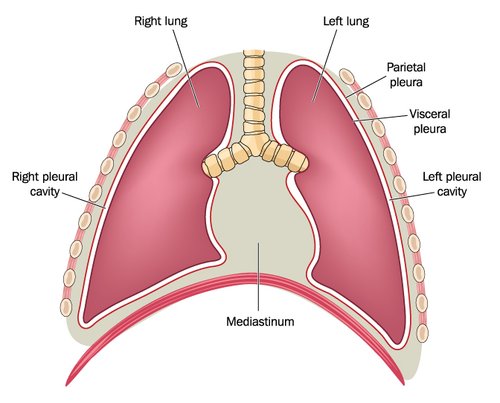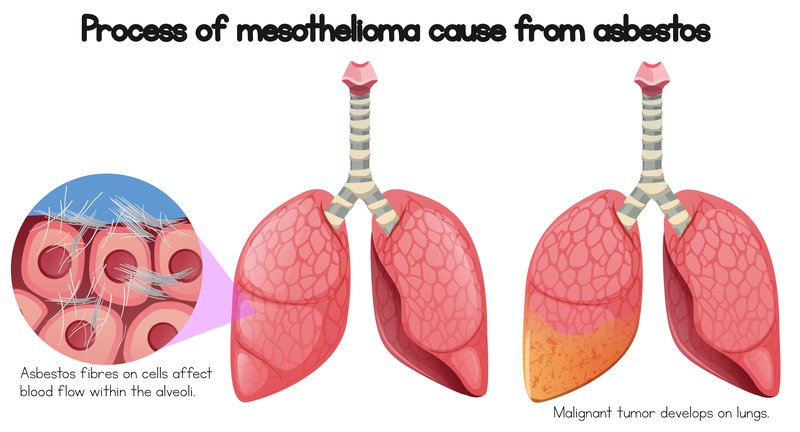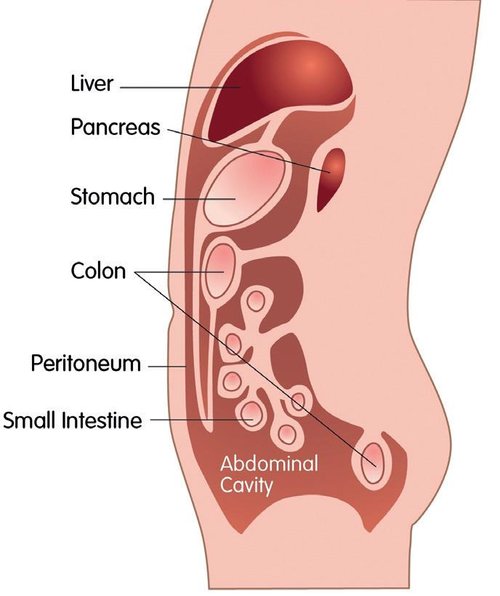What is Cancer?
Firstly it is important to understand that cancer is not a single illness, there are many different types and mesothelioma is just one type.
Our bodies are made of tiny building blocks called cells, cancer is a disease of these cells. Cells from different parts of the body look and work differently and millions of new cells are made everyday to replace those lost through old age or wear and tear.
Throughout the body new cells are produced when existing cells divide into two and there is normally a perfect balance between those that are dying and those that are dividing. This vital balance is controlled by a very complicated process, if control of this process is lost it can lead to too many cells being produced which results in a tumour.
Most tumours are not cancerous (sometimes described as benign) and they remain in the area where they first developed. A wart is a common example.
The development of cancer involves a change in the quality of the cells as well an increase in the quantity. They become more aggressive, destructive and independent of normal cells. They are able to invade surrounding tissues, glands and blood vessels and thus spread away from where they started to divide and grow. When the cancer cells reach a new site they may go on dividing and form a new tumour, this is often referred to as a secondary or metastasis.

What is Mesothelioma
In the UK just under 2500 people a year are diagnosed with mesothelioma. It is also known as ‘diffuse’ or ‘malignant’ mesothelioma. Mesothelioma is a form of cancer that affects the mesothelium. The mesothelium is a thin membrane that lines the inner surface of:
1. The chest wall, where it is known as the pleura
2. The abdomen where it is known as the peritoneum
3. The testicles
The mesothelium also surrounds organs within these cavities for example the heart, lungs and intestines. It is far more common to have mesothelioma in the chest than in the abdomen. There is approximately one case of peritoneal mesothelioma to every 12 cases of pleural mesothelioma.
Mesothelioma is more common in men than in women and nearly half of the people diagnosed with the disease are over 75 years old.
Pleural mesothelioma
The pleural lining has two layers: the visceral (inner) layer is next to the lung and the parietal (outer) layer lines the chest wall. The pleura produces fluid that lubricates the space between the two layers, this allows the two layers to slide comfortably over each other as we breathe in and out.

Pleural mesothelioma causes the pleura to thicken. This thickening of the pleura might begin to press onto the lungs or attach itself to the inside of the chest wall. In either case the expansion of the lung becomes progressively restricted by the tumour. Fluid, sometimes several litres, can collect between the two layers of the pleura; this affects the lungs ability to expand and causes the person to feel breathless. This is known as a pleural effusion.
Symptoms of pleural mesothelioma
- shortness of breath
- chest pain
- cough
- sweating
- loss of appetite
- weight loss
- fatigue and lethargy
Peritoneum Mesothelioma

The peritoneum also has two layers the inner (visceral) layer which is next to the abdominal organs and the outer (parietal) layer which lines the abdominal wall.
Peritoneal mesothelioma causes the peritoneum to thicken and fluid to collect in the abdomen. This collection of fluid is called ascites and causes the abdomen to swell.
Because pleural mesothelioma is more common and often spreads to the peritoneal cavity, it is sometimes necessary to determine if pleural mesothelioma is the primary cancer.
Symptoms of peritoneal mesothelioma
- abdominal pain
- abdominal swelling or feeling bloated
- constipation or diarrhoea
- fatigue
- loss of appetite
- weight loss
Causes
Exposure to asbestos is responsible for up to 9 out of 10 mesothelioma cases. There are thought to be other rare causes of the disease but none are fully understood at this time. The disease has been described in medical literature since 1870 although the first suspicion linking asbestos and mesothelioma did not appear in the UK until 1935 and a definite link was not reported until 1960.

